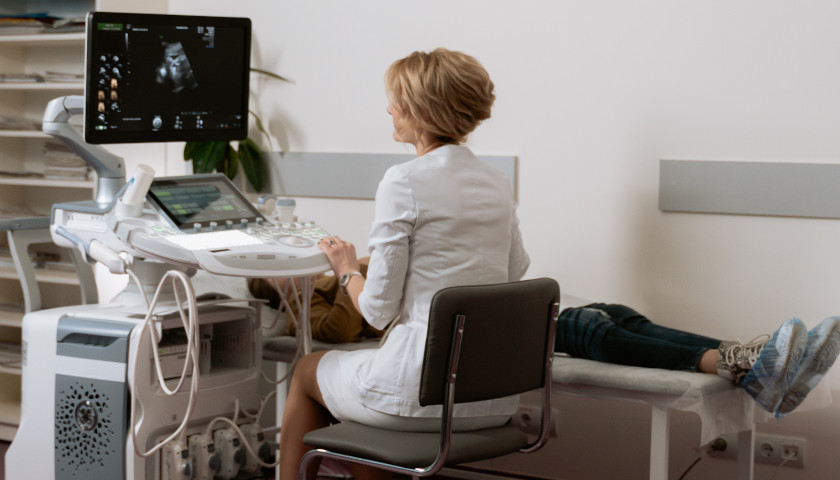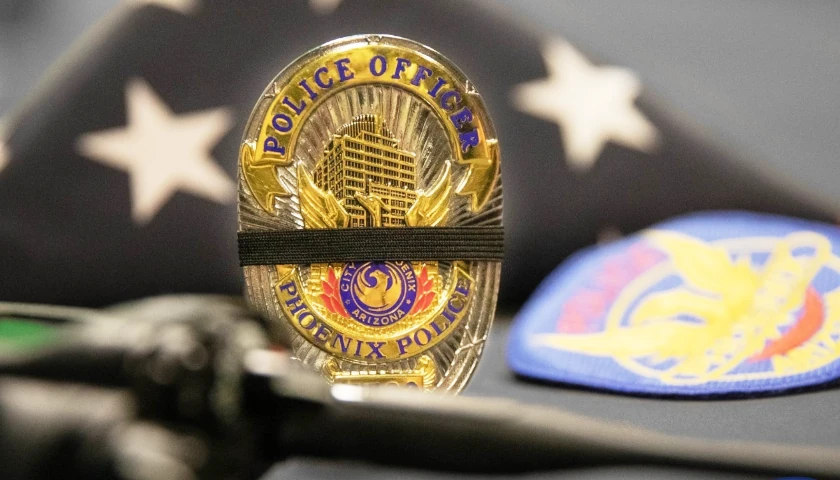by Ross Pomeroy
Toothbrushing is a mindless activity that most of us have on autopilot, but in infinitesimally rare circumstances, it can result in a medical emergency.
Late last week, Drs. Gary G. Ghahremani and Katherine M. Richman, both radiologists at the University of California-San Diego Medical Center, published a paper in the journal Emergency Radiology detailing eight different accounts of adults ingesting toothbrushes. These cases join about fifty others previously reported in the medical literature.
All of the instances Ghahremani and Richman describe occurred at the UC-San Diego Medical Center between 2002 and 2015. Five of the patients, all of them with psychological disorders, intentionally swallowed toothbrushes, while the other three patients accidentally did so. In two of the accidental instances, the toothbrush’s head snapped off as a result of overly vigorous brushing.
Unfortunately, due to a toothbrush’s oblong shape and abrasive bristles, it doesn’t seem to pass through the body very well, and may actually pierce the esophagus or digestive tract along its bodily journey. Therefore, an ingested toothbrush always necessitates a trip to the emergency room.
“The majority of ingested foreign bodies that are smaller than 5 cm and have smooth configuration will usually pass through the gastrointestinal tract. However, there is no reported case of spontaneous passage of a toothbrush or its broken head part through the rectum,” the authors write.
Once a patient arrives at the ER suffering from a swallowed toothbrush, doctors need to know how to find it. This can be surprisingly tricky, Ghahremani and Richman say. Plastic brushes and their nylon bristles will be nearly invisible on a conventional radiograph. Only the metallic wires that anchor the bristles can be clearly seen.
“Computerized tomography examination [CT scan] should be performed when an abdominal radiograph does not clearly depict the ingested toothbrush,” they write.
Once the toothbrush is located, it should be surgically removed as soon as practical, to prevent any chance of internal damage.
In all of the cases Ghahremani and Richman described, patients’ surgeries were successful. Everyone fully recovered from their toothbrush ingestions.
– – –
Ross Pomeroy contributes to RealClearScience.





